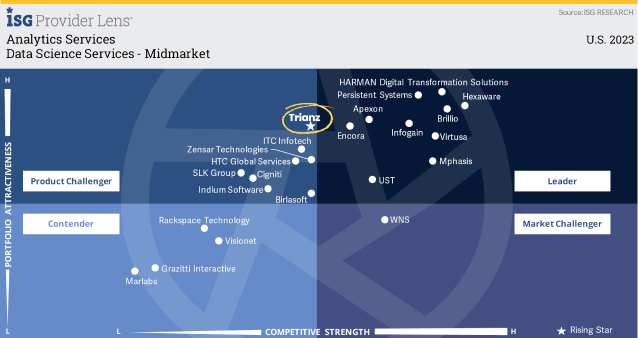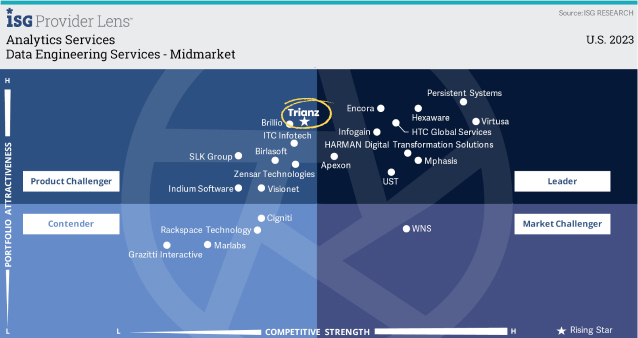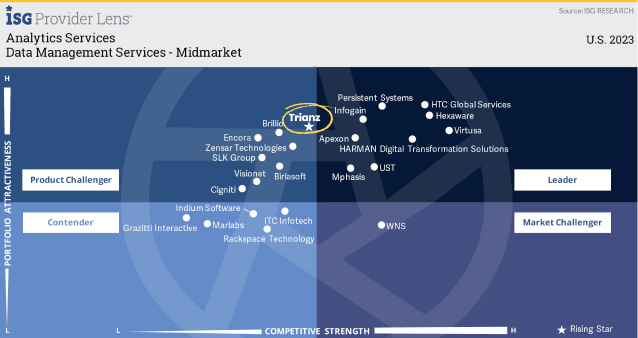Analyzing the Future of Big Data
Enterprises are adjusting their approach to data management and visualization. According to forecasts by Gartner, by 2025, 70% of organizations will be shifting their focus to a small and wide data strategy.
By reducing dependency on Big Data, it will allow for more robust analytics and AI capabilities, providing companies with the ability to perform analysis on all their structured and unstructured data — regardless of where or in what format that data resides.
To reach this stage, enterprises must find a way to enable business intelligence capabilities and integrate predictive and prescriptive analytics. The end goal every organization should be aiming for is automation and AI support, leveraging analytics to identify new opportunities and automate critical business decisions across IT, sales, and marketing. Analytics benchmarking is the first step in finding the right way to get there.

What is Analytics Benchmarking?
Analytics benchmarking is a multi-faceted procedure that provides an independent perspective to help organizations understand where their analytics capabilities lie on the digital maturity curve, both in absolute and competitive terms.
The insights are based on benchmarking the client’s analytics capabilities against peers and the best in class across industries. This helps organizations learn where gaps in their analytics environment are vis-a-vis the competition, so they know where to invest their time, effort, and resources to maximize the value and performance of their IT initiatives.
Survey question: What new analytics capabilities do you plan to build within the next two years?

Trianz’ Approach to Analytics Benchmarking
Our analytics benchmarking services are powered by over 1.5 million data points, along with primary research and further data collection capabilities. With access to business leaders across more than 40,000 companies from various-sized segments, industries, and geographies, we can quickly gather fresh perspectives to address any relevant questions that may improve the cost or performance of your analytics initiatives.
Using a data-driven approach, as well as a series of comprehensive surveys, we establish a multi-stage model we call the “Digital Enterprise Evolution Model” or DEEM.
Digital Enterprise Evolution Model™ — Analytics Capability
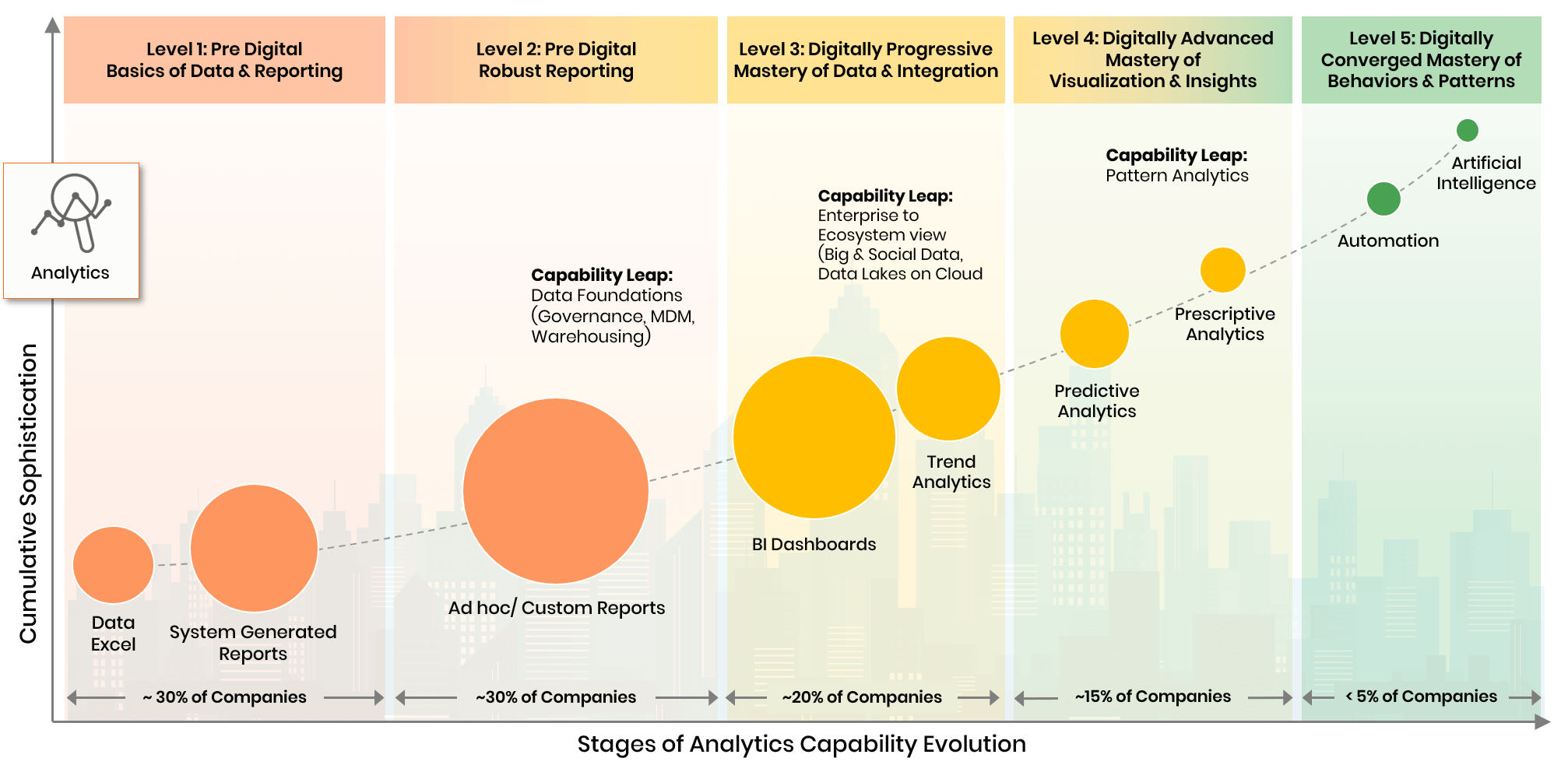
Copyright © 2022 Trianz
Our DEEM for analytics allows us to measure and execute performance benchmarks in terms of:
Enterprise Data Strategies
Data Governance
Master Data Management (MDM)
Data Quality Management (DQM)
Cloud/On-prem Analytics
AI Capabilities
Investment Models and Priorities
Data and Analytics Organizational Structures
Analytics Technologies
Data Security
How Clients Are Using Our Analytics Benchmarking Services

Develop Unique Capabilities
Combine business and technology data to measure maturity relative to industries, leaders, best practices, and others.

Find Existing Data Value
Leverage millions of data points compiled by teams of analysts and data scientists to take a data-driven approach.
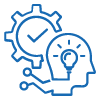
Support Product & Service Positioning
Garner enterprise-wide support by removing bias in the launch of a new idea or concept.
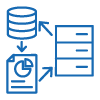
Combine IT and Business Data
IT teams can qualify and quantify methods and processes to support business objectives and invest in supporting directions.

Compare Best Practices
Identify deviations from best practices across more than 2000 IT elements.

Identify Competitive Positioning
Support analytics strategies with tangible data based on fact and findings — not opinion and conjecture.

Leverage Strengths of Digital Champions
Find out what digital champions are investing in to learn what’s really making the difference.

Improve Through Actionable Insights
Form simple insights that can be prioritized and put into action to optimize analytics spend and performance.
Trianz’ Data Maturity Assessment
After measuring our client’s analytics capabilities, we help them understand where they are and where they want to be in terms of:
Stakeholder alignment
Data quality
BI solution frameworks
Centralized governance structure
Comprehensive security and access
Our analytics benchmarking experts will identify where you excel and highlight areas where improving operations will generate tangible value for your business. Output from this assessment is used to devise a roadmap for developing data maturity that matches your business demands while also taking into consideration any current plans for business growth or transformation.
Analytics Maturity Model

Analytics Benchmarking Methodology and General Timelines
When utilizing our analytics benchmarking services, clients go through a combination of comprehensive surveys and interviews with leaders in your organization. Data is entered into a repository and analyzed in comparison to peer companies and leaders across industries.
For a business or an IT function, we can complete our process and provide a customized report within six to eight weeks.
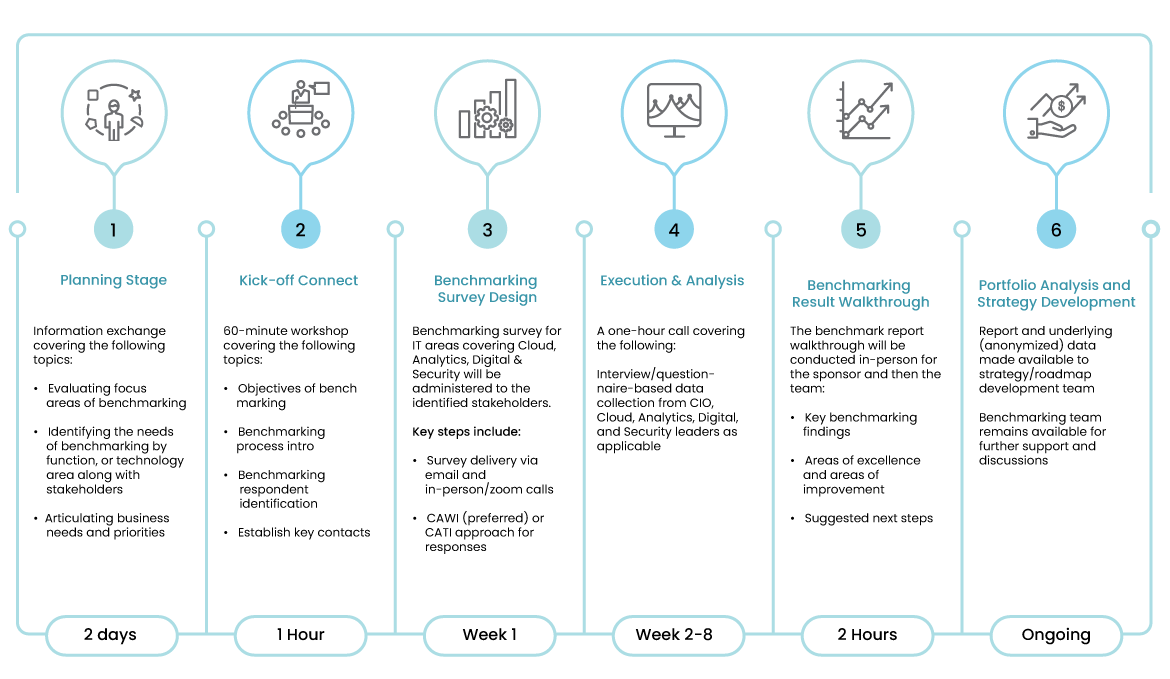
The Advantage of Trianz’ Analytics Benchmarking Services
At Trianz, our analytics benchmarking experts go beyond using competitive data to replicate best practices or what worked in the past. Unlike the typical approach to benchmarking, we do not simply rely on taking a defensive posture. We start with goal setting and then put performance metrics in place to achieve those goals.
To support service selection, we perform in-depth analysis to measure performance gaps, list areas for improvement, and highlight various performance standards based on your organization's unique context.
Our competitive approach to analytics benchmarking allows us to identify better practices so that our clients are not just falling in line with industry standards, but finding new and innovative ways to leap ahead of the competition.
